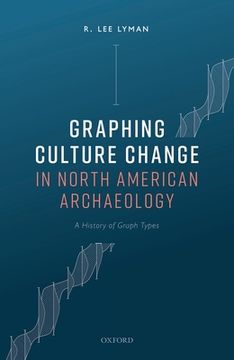Share
Graphing Culture Change in North American Archaeology: A History of Graph Types
R. Lee Lyman
(Author)
·
Oxford University Press, USA
· Hardcover
Graphing Culture Change in North American Archaeology: A History of Graph Types - Lyman, R. Lee
Choose the list to add your product or create one New List
✓ Product added successfully to the Wishlist.
Go to My Wishlists
Origin: U.S.A.
(Import costs included in the price)
It will be shipped from our warehouse between
Monday, July 22 and
Monday, July 29.
You will receive it anywhere in United Kingdom between 1 and 3 business days after shipment.
Synopsis "Graphing Culture Change in North American Archaeology: A History of Graph Types"
Documentation, analysis, and explanation of culture change have long been goals of archaeology. Scientific graphs facilitate the visual thinking that allow archaeologists to determine the relationship between variables, and, if well designed, comprehend the processes implied by therelationship. Different graph types suggest different ontologies and theories of change, and particular techniques of parsing temporally continuous morphological variation of artefacts into types influence graph form. North American archaeologists have grappled with finding a graph that effectively and efficiently displays culture change over time. Line graphs, bar graphs, and numerous one-off graph types were used between 1910 and 1950, after which spindle graphs displaying temporal frequency distributions ofspecimens within each of multiple artefact types emerged as the most readily deciphered diagram. The variety of graph types used over the twentieth century indicate archaeologists often mixed elements of both Darwinian variational evolutionary change and Midas-touch like transformational change. Today, there is minimal discussion of graph theory or graph grammar in introductory archaeologytextbooks or advanced texts, and elements of the two theories of evolution are still mixed. Culture has changed, and archaeology provides unique access to the totality of humankind's cultural past. It is therefore crucial that graph theory, construction, and decipherment are revived inarchaeological discussion.
- 0% (0)
- 0% (0)
- 0% (0)
- 0% (0)
- 0% (0)
All books in our catalog are Original.
The book is written in English.
The binding of this edition is Hardcover.
✓ Producto agregado correctamente al carro, Ir a Pagar.

